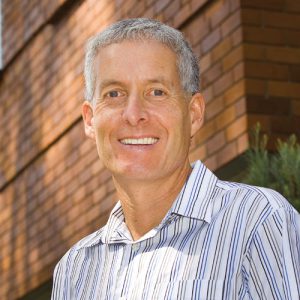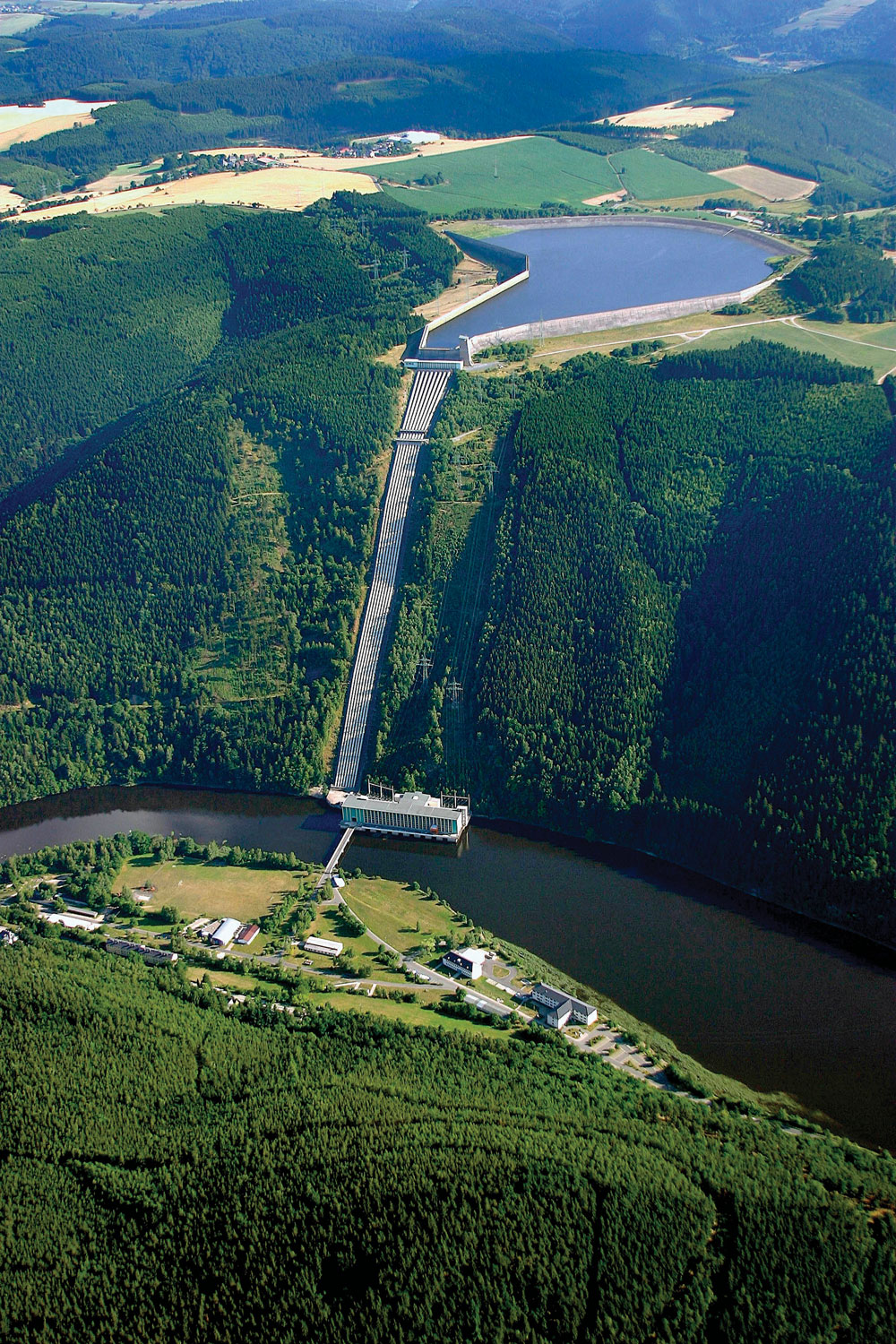Pumped hydro is a cost-effective alternative for energy storage to offset fluctuations in renewable energy supply, and it’s primed to take off in Australia, says one leader in this space.
According to the Clean Energy Council, the peak body for Australia’s clean energy industry, more than 35,000 GWh of renewable energy was generated in Australia last year, representing just under 15 per cent of the nation’s electricity generation.
Tasmania leads the way with close to 100 per cent of its energy renewable, mostly derived from its extensive hydro-electric system. Second is South Australia with 41.3 per cent of its energy coming from renewables and this is primarily wind and solar photovoltaics (PV).
South Australia’s increasing reliance on wind and solar, both of which have fluctuations in supply, means the state is having to consider storage to smooth out these fluctuations. In August this year, AGL Energy announced the launch of what it described as the world’s largest virtual power plant (VPP), ultimately involving 1000 connected batteries installed in homes and businesses in South Australia, providing 5 MW of peaking capacity.
However, a Canberra academic suggests there is a better storage alternative – pumped hydro – where the technology is well established and understood, and the costs are a fraction of batteries.
What is pumped hydro?
Professor Andrew Blakers is the foundation director of the Centre for Sustainable Energy Systems at the Australian National University. He said pumped hydro is a storage technology that has been around for a hundred years or so.
“Everyone understands hydroelectricity generation, which is water going down a pipe from an upper reservoir to a lower reservoir through a turbine creating electricity,” said Blakers.
“You could include a pump, or make the turbine run backward to push the water up the hill through the same pipe. This means that when you have excess electricity, you can store energy in the form of water at an elevation and when you need that energy back again, you allow the water to come back down through the turbine. The round trip efficiency of this is 80 per cent.”
Blakers said to be cost competitive, the system should have modern high-quality turbines 10 MW in size or greater, and the head between the upper reservoir and the lower one should be at least 100 m and preferably 400-900 m.

There are existing systems in Australia, such as the Wivenhoe Dam in Queensland, and the Shoalhaven and Tumut 3 Dams in NSW. However, he says these aren’t currently being used for renewable energy but for load shifting. They are not as big as they ideally should be and they are what he calls ‘on-river’ which he considers not as ideal as ‘off-river’ systems.
“In a river-based pumped hydro system such as the Tumut-3 Power Station, water flows along the Tumut river into a series of reservoirs and is released through a series of power stations until eventually the water flows on into the Murray River,” he said.
“The upper reservoir is necessarily within the river valley, the same river valley as the lower reservoir. This means the head cannot be large.
In the case of Tumut-3, which is the biggest pumped hydro system in Australia, the head is only 150 metres.”
Off-river options
He said with off-river pumped hydro, you can access much larger heads because the upper reservoir can be built on top of a hill and the head can easily be 500 m or more.
There is an off-river system currently being built in Queensland on the site of the old Kidston gold mine about 270 km west of Townsville. The site has two large adjacent pits which will act as the upper and lower reservoirs for the project. The initial phase of the project will have a bank of solar photovoltaic cells with a capacity of 50 MW with the potential to power more than 20,000 homes.
Combined with the pumped hydro storage, the system will be like a power station, capable of providing electricity to suit the demand at any time of day or night. If the first phase is successful, the second phase of the project will triple the capacity.
Blakers said the head on the Kidston project is above 200 m, bigger than Tumut, and could be increased further with a turkey nest dam.
“The reason why the head is important is that if you double the head for the same size of reservoir, then you double the energy and double the power,” he said.
“The costs don’t scale with head. That means that the bigger the head, the lower the actual cost of energy storage.”
He feels former mines like Kidston have a lot of potential for pumped hydro because there is already reasonable infrastructure connected to the mine site such as roads, power supplies and, of course dams.
“Some of them have quite spectacular heads,” Blakers said.
“For example, the Kalgoorlie Super Pit I believe is going down now a kilometre or so. When the gold is mined out of that, it could become quite an interesting pumped hydro site.”
However, he says we don’t need to wait for mining activities to cease, as there are so many hills in around Australia with excellent heads.

He is less enthusiastic about coastal systems using the ocean as the lower reservoir for a couple of reasons.
“First, you have salt water instead of fresh water which means you use more expensive materials,” he said.
“The second is you will not find very many sites which have a good head and are outside a national park near the sea. You must not have a long pipeline because pipelines are expensive. This really restricts you to a linear map around the edge of Australia most of which is either national park or flat. Whereas, if you go inland you can find hundreds of times more excellent sites that are not in environmentally- or culturally-sensitive areas.”
He said one reason that people think that seawater would be good is because it is so plentiful. However, the amount of water needed to operate a 1000 MW off-river pumped hydro system is not as great as you might think.
“You need an initial amount of water to charge the system and then you need a small amount of annual top up which is the difference between evaporation minus rainfall,” he said.
“When you do the sums, it’s really a small amount of water compared to say operating a coal fire station which uses a lot of water.”
Renewable competitiveness
According to Blakers, solar photovoltaics and wind turbines are now both fully competitive with new-build coal and gas power stations.
“The cost of wind and PV is now in the $70-$90 per megawatt hour range,” he said.
“There’s been a truly remarkable reduction over the past two or three years in the cost of both PV and wind. Initially, PV and wind could just go in without worrying about storage, but as you push up towards the 50 per cent that South Australia has got to, then eventually storage is needed.”
He feels that the take-up of wind and solar is likely to accelerate as the cost declines and Australia could realistically reach 100 per cent renewable electricity by 2030.
“The current annual deployment rate of PV and wind is about a gigawatt per year each and that would need to continue up to 2020 at least to meet the current renewable energy target,” Blakers said.
“If that was extended to 2030, by then half of our electricity would be PV, wind. If we wanted to get to 100 per cent renewable electricity by 2030, and this will be about 90 per cent wind or PV and 10 per cent hydro or biomass, then we would need to increase the deployment rate to about 2.5 GW per year each. It’s really not very hard, there’s nothing to invent.”
Cost benefits
Blakers says pumped hydro is around a quarter or fifth the cost of batteries and this cost advantage will likely see it adopted widely.
“Pumped hydro comprises 98-99 per cent of all energy storage around the world, simply because it is so cheap compared with everything else,” he said.
“Water is very cheap. It’s very cheap to build reservoirs. The technology is beautifully refined after 150 odd years of development. There are no other storage technologies that are in the game really.”
He expects early renewable/pumped hydro systems would be smaller, like Kidston, in the 10 to 100 MW sizes.
“The risk is obviously much smaller if you build five 100 megawatt systems one after another rather than try to start up and build a 500-megawatt system in one go,” he says.
He believes it is not difficult to find hundreds of potential sites with heads in the 400-900 m range that are outside national parks, and river valleys.







